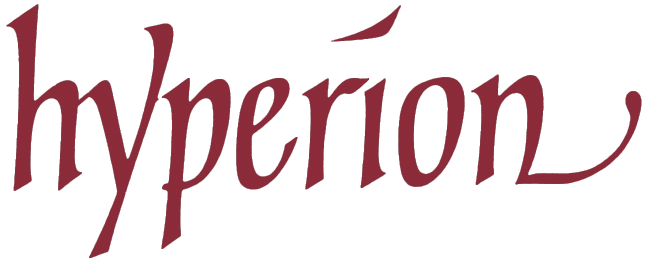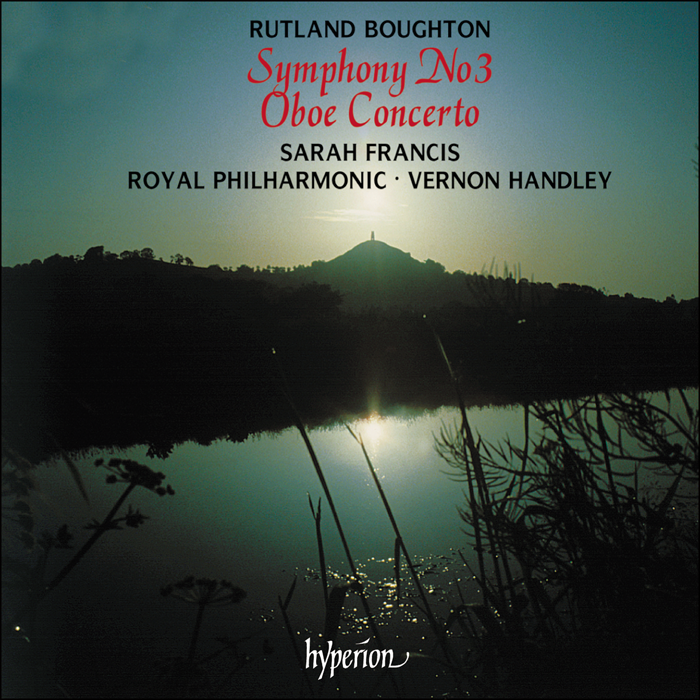Boughton: Symphony No 3 & Oboe Concerto No 1
Sarah Francis (oboe), Royal Philharmonic Orchestra, Vernon Handley (conductor)
CDA66343
In November 1927 Rutland Boughton took up residence at Kilcot—a smallholding near Newent on the borders of Gloucester and Herefordshire that was to be his home for the rest of his life. The immediate impulse to find a permanent home had been the voluntary liquidation of the Glastonbury Players in July 1927 and the consequent collapse of the Glastonbury Festivals which he had run successfully since August 1914. At Kilcot he was able to experiment, on a small scale, with at least some of those aspects of the self-supporting community that he had intended for Glastonbury but which, for practical reasons, he had never been able to put into effect. Politics, lecturing and involvement as conductor of the London Labour Choral Union occupied his first years at Kilcot, but by 1934 he was ready to attempt new festivals at Stroud and Bath. Though these introduced his most recent music dramas, they failed to take root and for a while he turned his attention to instrumental works of various kinds. It is from this period that the Concerto for oboe and strings and the Symphony in B minor date—the Concerto being completed towards the end of 1936 and the Symphony during the following autumn. Concertos for flute, strings, and trumpet, and a second Oboe Concerto followed during the next six years, but no further symphonies. In 1943 he turned again to his cherished cycle of Arthurian music dramas, completing the last pages in November 1945 and thus bringing his life’s work to an end.

